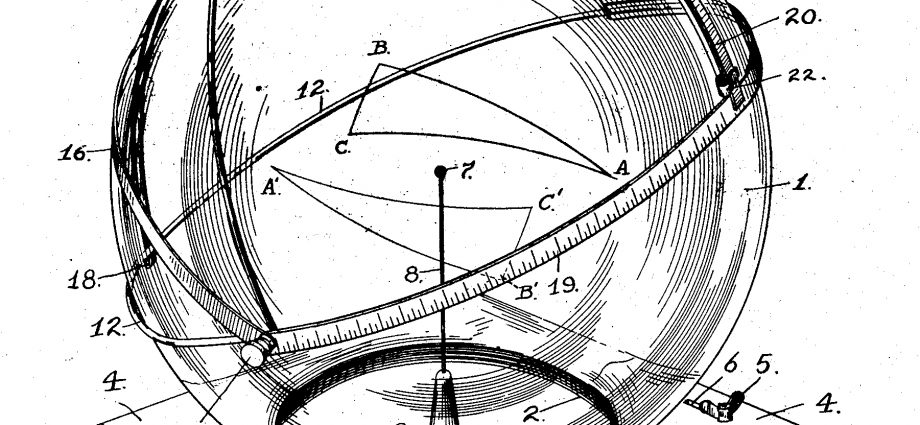by Lisa Robinson
In 1905, the Boulder Creek Union High School was established and the members of the board of trustees were on a quest to find the perfect principal. They had a vision of a modern, unparalleled, yet to be built school building, with physics, chemistry, and physical geography laboratories, a library, as well as recitation rooms. They were to hire renowned architect William Weeks to design the building. The course of study would prepare the students for entry into Stanford and the California Universities, or for business, with four years of classes in English, History, Latin, Grammar, Algebra, Physics, Chemistry, Physical Geography, Plane and Solid Geometry, and Book-keeping not to mention the optional programs, such as sports and orchestra, in which the students could participate. In July 1905, they hired a young UC graduate named Roy Ernest Dickerson. Professor Dickerson, a Berkeley High School graduate, had graduated university in 1900 with a BS in Natural Sciences at the age of 23. He taught science in Ontario, Cloverdale, and San Luis Obispo, where he was also the principal until moving to Boulder Creek. Dickerson was a brilliant scientist and would become a renown geologist. Remarkably, in August of 1905, he filed a patent for an “Educational Device for Teaching Spherics.” Up until the 1950s, the branch of mathematics called spherical trigonometry, was an important part of the curriculum being central to the study of astronomy and vital to navigation. To help students visualize the concepts a spherical blackboard was often used. These spherical blackboards are still in use today. The problem as stated by Dickerson in the patent application was that the opaque surface had two pronounced disadvantages the first being “the difficulty of delineating with sufficient accuracy antipodal [on the opposite side] figures” and the second being “the difficulty of visualizing successively seen figures on opposite sides of the board long enough to permit a proper comparison.” So Dickerson proposed a transparent globe instead which he suggested could be made of glass. The patent for his remarkable invention was granted in February 1906. However, to our knowledge, it was never built. The concept would be re-invented by István Lénárt in Hungary in the late 1980s, some 80 years later. Called the Lénárt sphere, the product was realized in clear plastic and is the modern replacement of a spherical blackboard. Lénárt’s patent, and subsequent similar patents, make no reference to Dickerson’s prior work. For more information on local inventors and their patents, visit the Gadgets and Gizmos online exhibition at www.slvmuseum.org.


